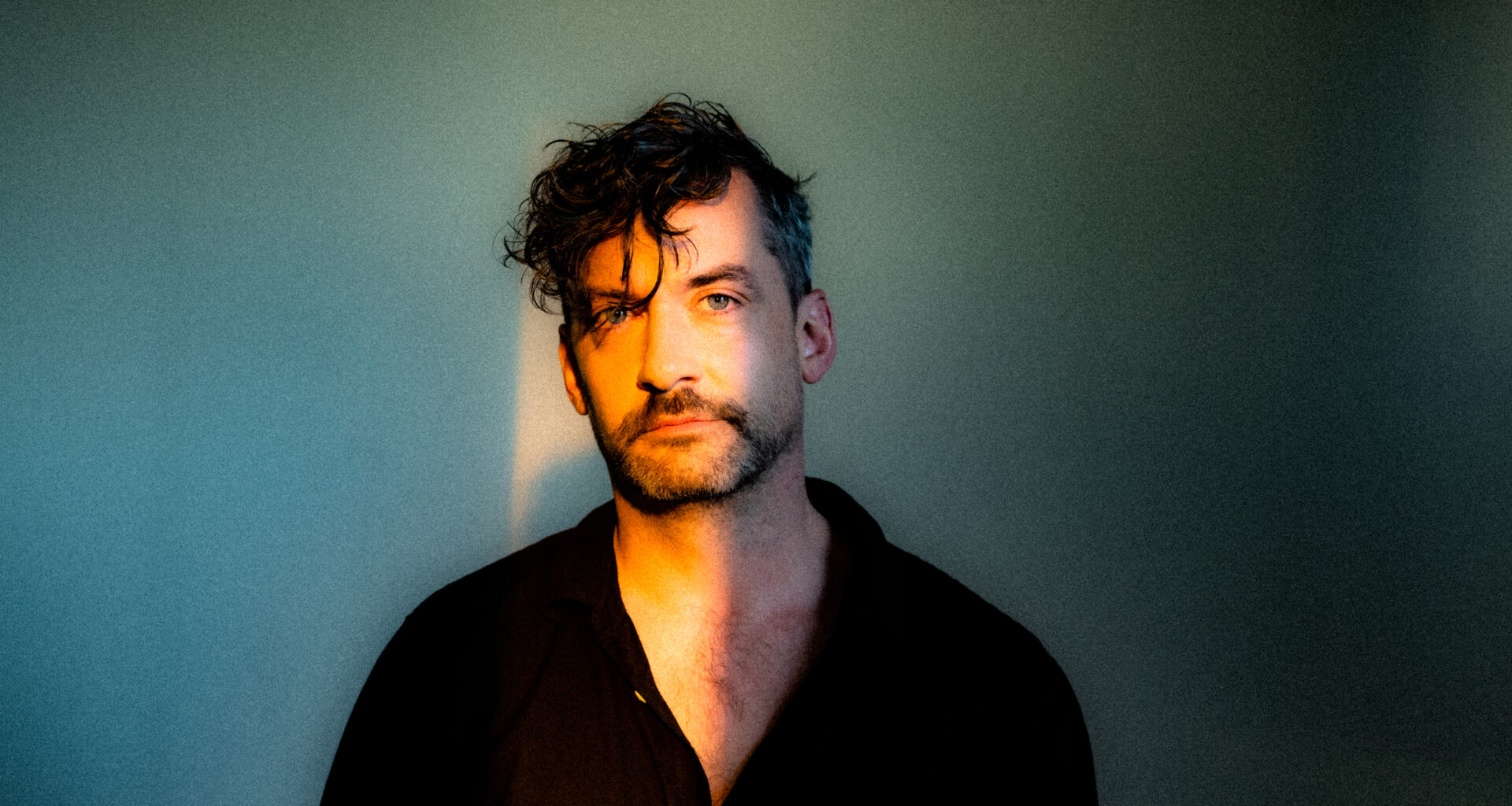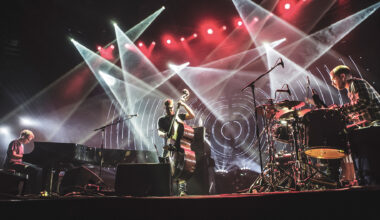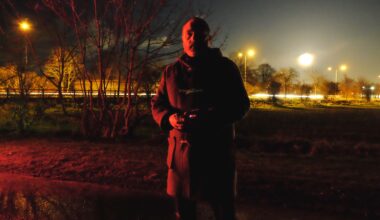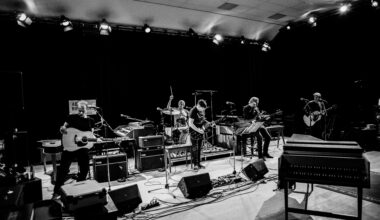When lockdown drudgery stalled Bonobo’s creative process, inspiration for his new album ‘Fragments’ came in the shape of modular synths, sweeping strings, vocals galore and, well, a bagpipe choir
Want to read more?
Sign up to Electronic Sound Premium to gain access to every post, video, special offers, and more. 100%, all you can eat, no commitment, cancel any time.
Already a premium member? Log in here






